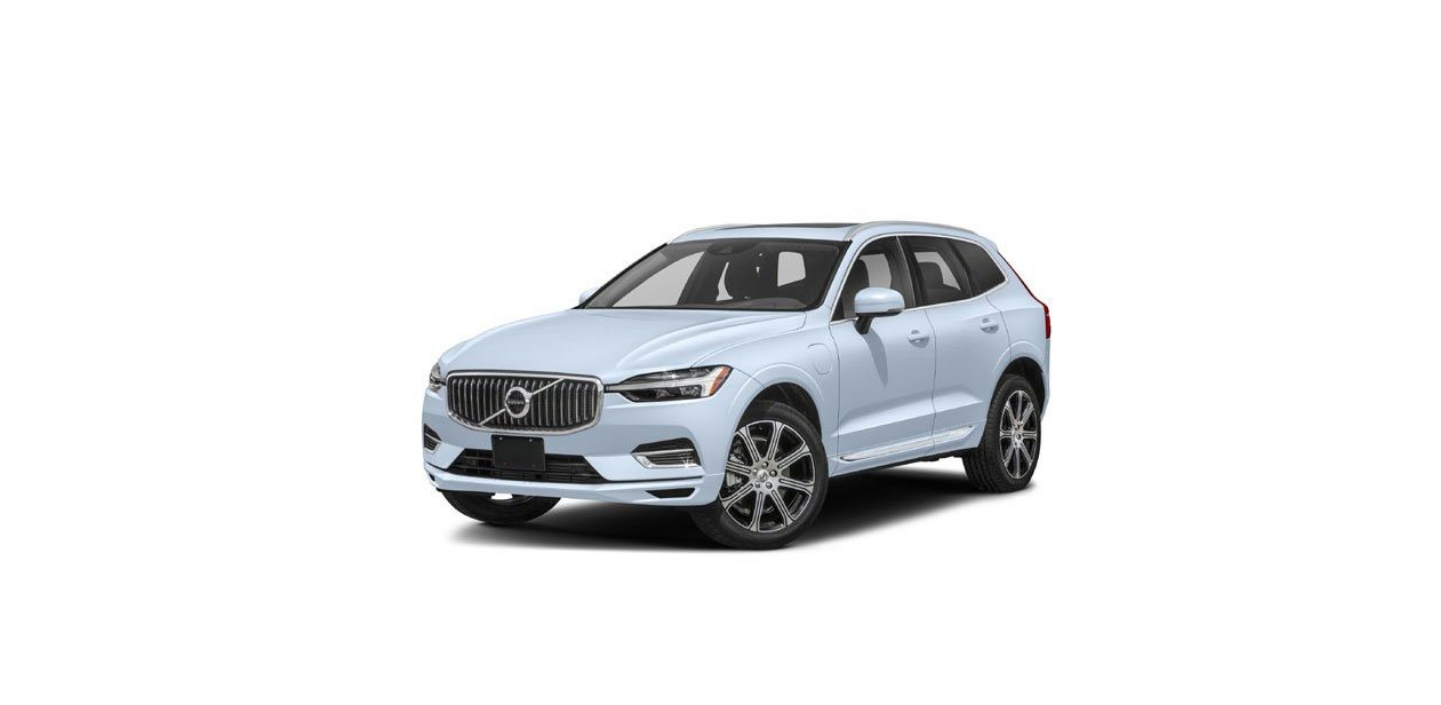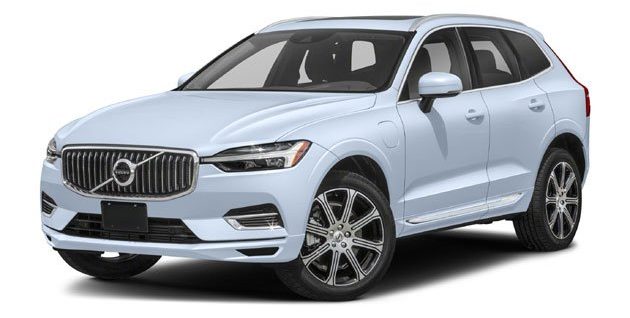Starting charging
Disconnect the charging cable from the charging station storage socket or take out the charging cable. Note that the car must be switched off prior to charging.
Plug the charging cable into the charging station. If the charging station has a permanent charging cable, skip to step 3.
Important
Avoid plugging in the charging cable when there is a risk of a thunderstorm or lightning strikes.
Press in the rear section of the cover to open the charging hatch.
Remove the charging handle’s protective cover and press the charging handle the whole way into the socket for the car.
Important
- To avoid damage to the paint, e.g. in the event of high winds, position the charging handle’s protective cover so that it does not touch the car.
- The charging cable’s charging handle is fastened/locked in, and charging starts within 5 seconds.
- When charging has started, the LED lamp in the charging input socket flashes with a green glow.
- The driver display shows the remaining estimated charging time or whether charging is not working as intended.
- Condensation from the air conditioning may drip under the car during charging. This is normal and takes place due to the cooling of the hybrid battery.
Warning
- Children should be supervised when in the vicinity of the charging cable when it is plugged in.
- High voltage in the charging cable. Contact with high voltage can cause death or serious personal injury.
- Do not use the charging cable if it is damaged in any way. A damaged or inoperative charging cable must only be repaired by a workshop – an authorized Volvo workshop is recommended.
- Always position the charging cable so that it will not be driven over, stepped on, tripped over or damaged in some other way, or cause personal injury.
- Do not connect one or more adapters of any type between the charging cable and the car.
Also, refer to the manufacturer’s instructions for using the charging cable and its components.
Important
Do not wash the car when the charging cable is connected or when the charging hatch is open.
Ending charging of a hybrid car
End charging by unlocking the car, unplugging the charging cable from the car’s charging input socket, and then the charging station. Unlock the car using the key. Charging is ended and the charging cable’s locked handle releases/unlock.
Important
Always stop charging first before unplugging the charging cable from the car’s charging input socket and then from the charging station.
Unplug the charging cable from the car’s charging input socket and close the hatch.Unplug the charging cable from the charging station, or plug the permanent charging cable into the charging station’s storage socket.
Important
Always unlock the car so that charging is stopped before you unplug the charging cable. Note that the charging cable must be unplugged from the car’s charging input socket before being unplugged from the charging station, partly to avoid damage to the system, and partly to avoid stopping the charging unintentionally.
The charging cable is locked automatically
If the charging cable is not unplugged from the charging input socket, it is automatically locked in again shortly after unlocking. The charging cable can be unplugged again if the car is unlocked using the key. For cars with the keyless locking and unlocking function, it is possible to lock and unlock using the handle again.
Charging time
The following charging times are approximate and apply when air conditioning or any other consumer is not affecting charging. If charging time seems considerably longer, it should be investigated.
Charging time (single-phase charging)
Charging times for charging with 230V | Current intensity (A) | Charging power (kW) | Charging time (hours) |
| 6 | 1,3 | 12 |
| 10 | 2.2 | 7 |
| 16 | 3,6 | 5 |
Note
- Charging power and charging time may vary depending on voltage level and whether another load is connected into the same circuit.
- When using a charging station with an output higher than 3.6 kW, the maximum capacity of the hybrid car is 3.6 kW.
- If the weather is very hot or very cold, some of the charging current is used to heat/cool the hybrid battery, which results in a longer charging time. If the parking heater is active then part of the charging current is also used.




